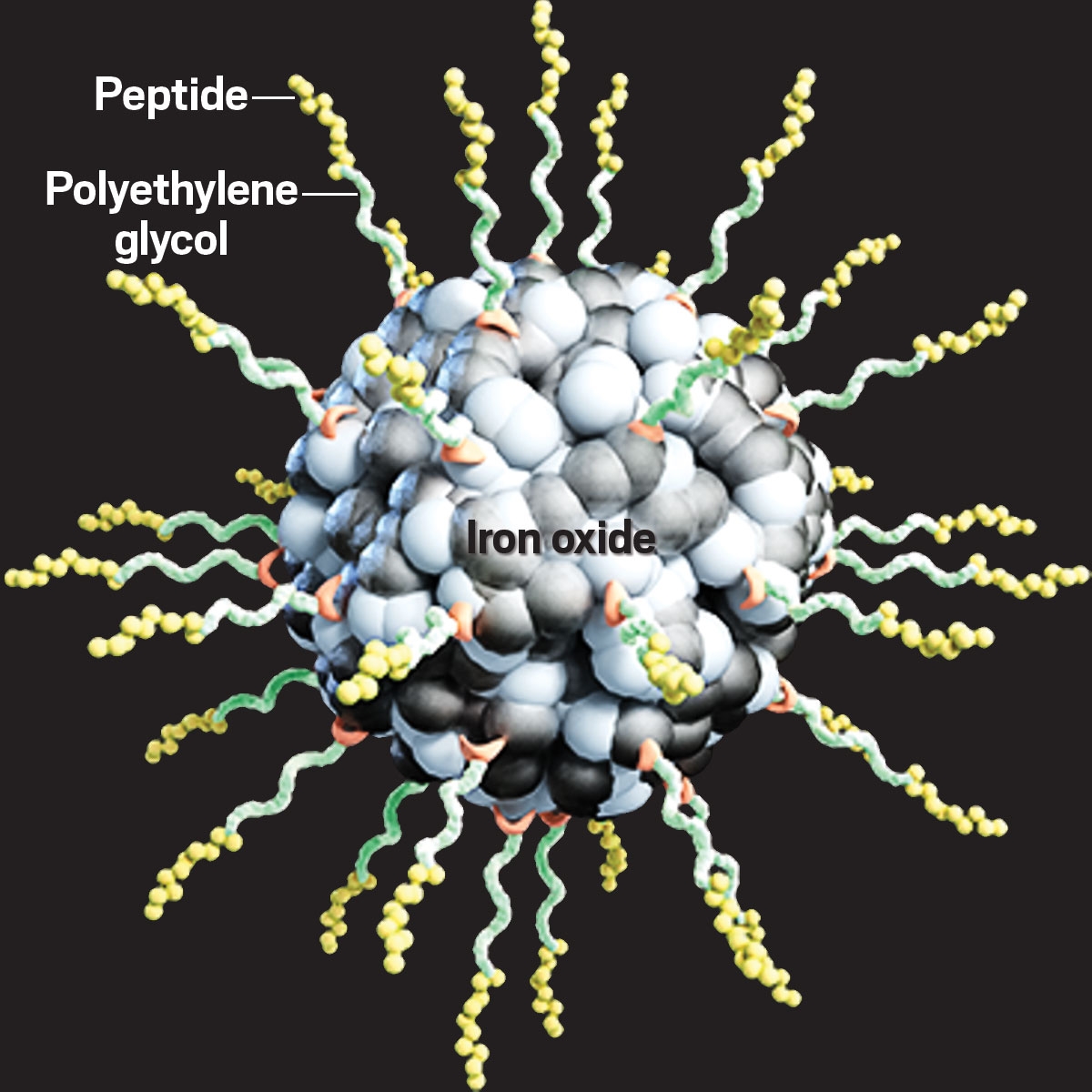Follow ZDNET: Add us as a preferred source on Google.
ZDNET’s key takeaways
- OpenAI for Science was announced in a Tuesday X post.
- Its goal is to accelerate scientific discovery through AI.
- The post suggests GPT-5 will play a key role in the effort.
Artificial intelligence researchers have long dreamed of automating the process of scientific discovery. Now OpenAI is setting out to turn that vision into reality.
The company is launching an initiative called OpenAI for Science, aimed at building “the next great scientific instrument: an AI-powered platform that accelerates scientific discovery,” according to a Tuesday X post from company Chief Product Officer Kevin Weil. The timeline for the project is not yet known; Weil added in his post that more information would arrive in the coming months.
Also: Every AI model is flunking medicine – and LMArena proposes a fix
(Disclosure: Ziff Davis, ZDNET’s parent company, filed an April 2025 lawsuit against OpenAI, alleging it infringed Ziff Davis copyrights in training and operating its AI systems.)
Weil, who will lead the effort, wrote that OpenAI will hire a team of “world-class” academics who are “completely AI-pilled” and “great science communicators” to join a small group of researchers already employed by the company.
What can we expect from the project?
Not much is known at this point about the “platform” that Weil and his fledgling team plans to build. But his X post hints at some aspects of the scientific process that OpenAI for Science might try to more effectively automate.
Weil wrote that GPT-5, the newest model from OpenAI, which was released last month, “is clearly a new threshold” in the ability for AI to help advance scientific progress. For example, he cited a recent theoretical physics paper in which the model was used to suggest ideas for proofs, suggesting that OpenAI for Science could eventually aim, in part, to help researchers formulate hypotheses and research methods, thereby speeding up the pace of discovery.
Also: Patients trust AI’s medical advice over doctors – even when it’s wrong, study finds
The emphasis on GPT-5 in Weil’s X post smacks of a sales tactic: the model has received mixed reviews since it was launched, with many users complaining that it was inferior to its predecessor, GPT-4o. By wedding GPT-5 with the company’s new scientific research program, OpenAI could be attempting to repair the model’s damaged credibility. After all, if the company can prove that GPT-5 is able to meaningfully contribute to scientific discovery — a rigorous process which requires abstract, multistep reasoning, and which could hypothetically result in practical benefits for society at large — individual users and businesses could be more inclined to trust the model with their own sensitive tasks.
OpenAI did not immediately respond to ZDNET’s request for comment.
While Weil didn’t mention grant-writing in his blog post, this is another area in which generative AI tools like ChatGPT could fruitfully be applied: researchers currently spend close to half (45%) of their time writing grant proposals, according to the think tank the Institute for Progress.
Big strides
AI has yet to discover new physical laws, cure cancer, suggest a comprehensive solution to climate change, or make any of the other major scientific breakthroughs that many artificial general intelligence true-believers think could be around the corner. Perhaps one day an AI model will be able to completely automate the scientific process, from formulating entirely new hypotheses to conducting experiments to analyzing results. But for the time being, AI’s scientific prowess is rooted in its ability to identify intricate networks of patterns from existing data.
Still, researchers have made some significant strides, and AI is rapidly becoming an integral tool in mainstream science.
Also: Open AI, Anthropic invite US scientists to experiment with frontier models
Google DeepMind CEO Demis Hassabis and Director John Jumper were awarded the Nobel Prize in Chemistry last year for their work on AlphaFold2, which uses AI to predict the structure of virtually all known proteins. The Nobel Prize in Physics last year was awarded to Geoffrey Hinton, one of the so-called “Godfathers of AI,” and physicist John Hopfield for their pioneering work on neural networks, which have become the technological framework for the current AI boom.
AI’s mathematical abilities are also continuing to rapidly evolve. In July, OpenAI reported that one of its experimental reasoning models achieved a gold medal-level performance on the International Math Olympiad, which is widely considered to be one of the world’s most elite math competitions. Google DeepMind reported the same level of performance from its own model, Gemini 2.5 Pro.
Want to follow my work? Add ZDNET as a trusted source on Google.


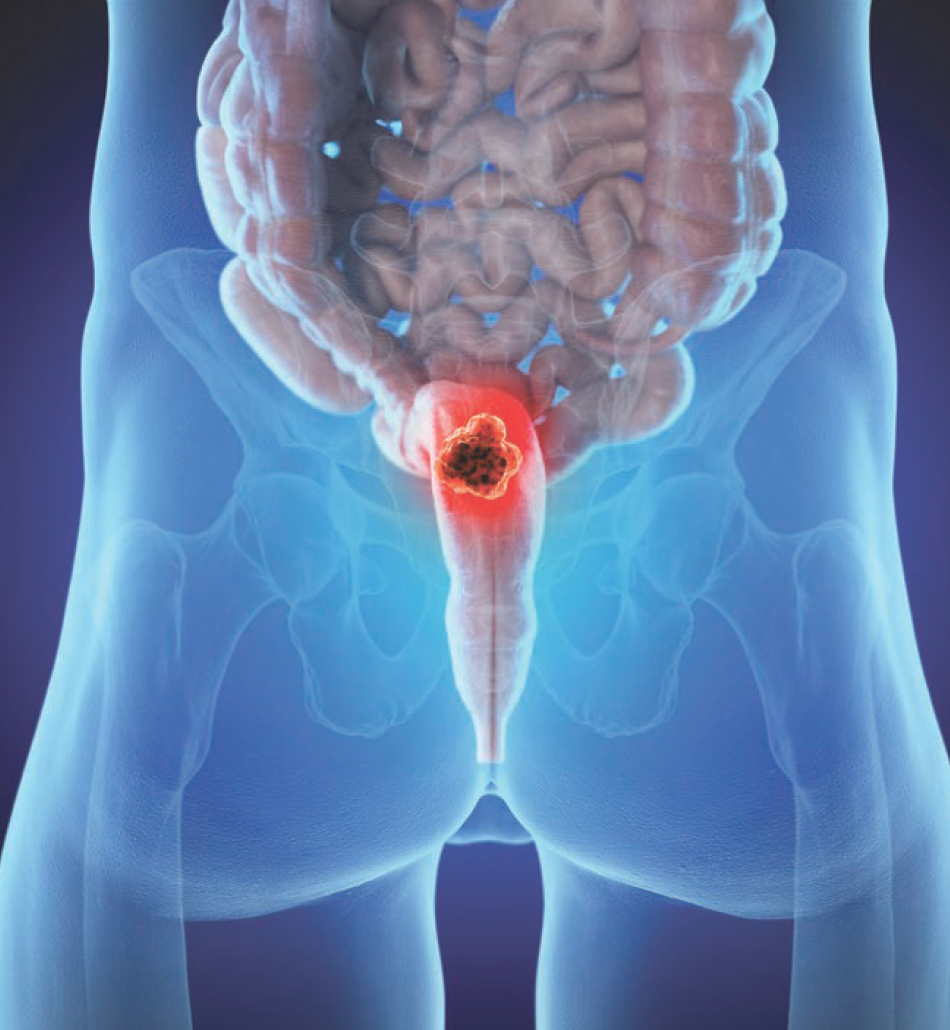
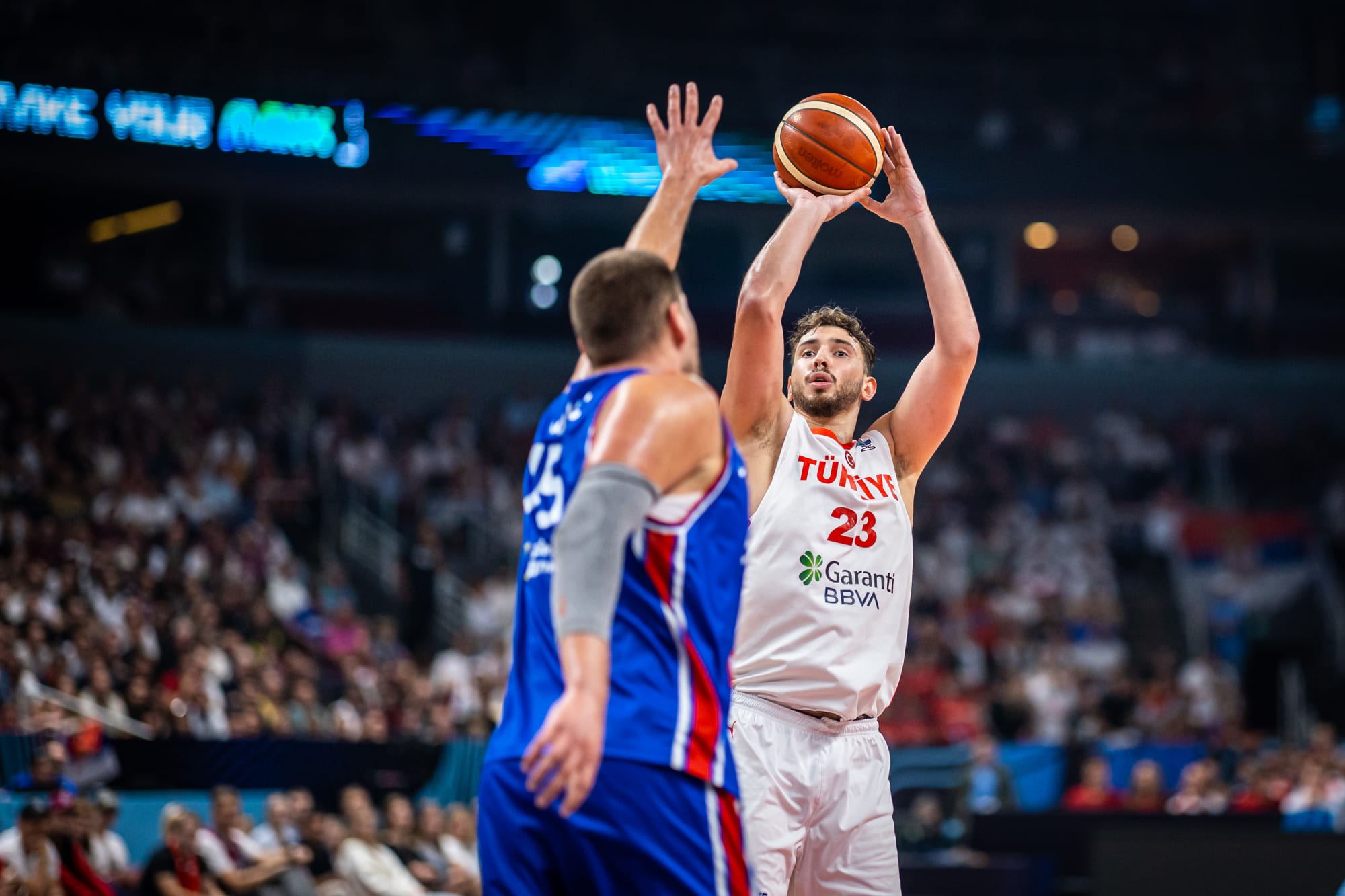

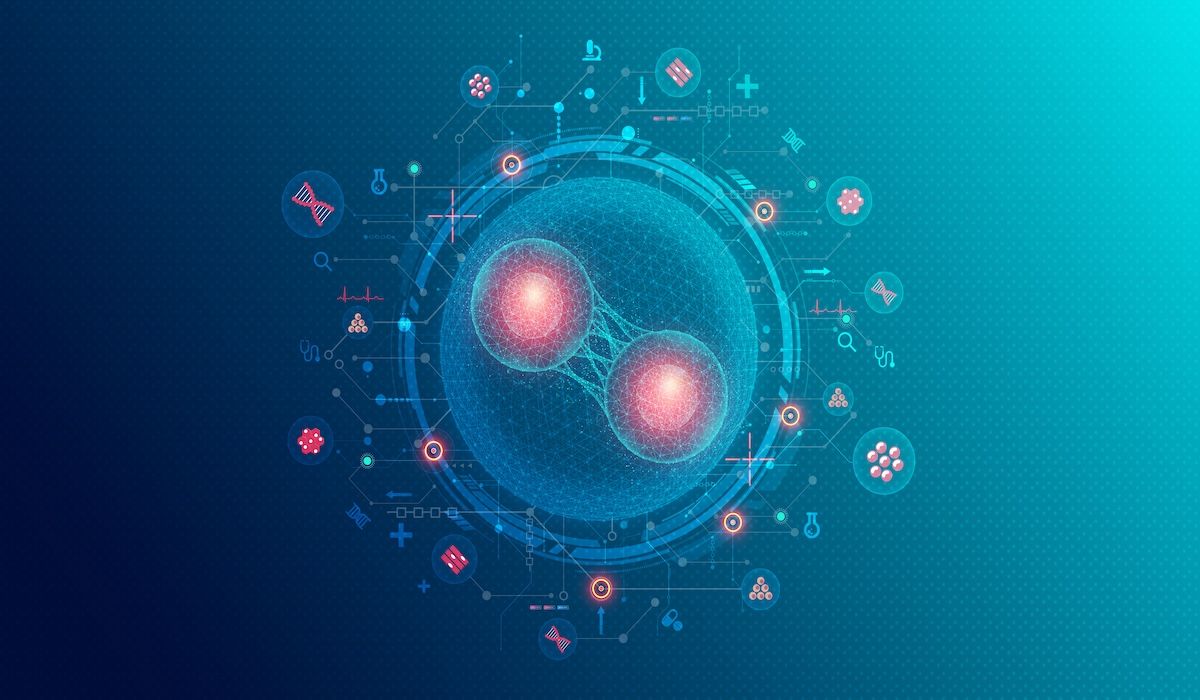

 IRAS 04302 as imaged with the JWST. The disk is about 65 million km across, making it several times larger than our Solar System. Image Credit: ESA/Webb, NASA & CSA, M. Villenave et al. LICENCE: CC BY 4.0 INT
IRAS 04302 as imaged with the JWST. The disk is about 65 million km across, making it several times larger than our Solar System. Image Credit: ESA/Webb, NASA & CSA, M. Villenave et al. LICENCE: CC BY 4.0 INT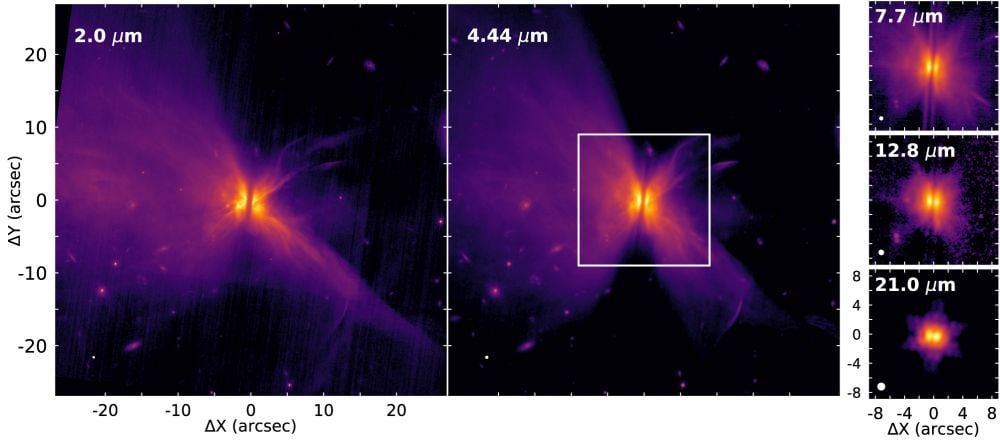 This figure from the research is an image gallery of the JWST observations of IRAS04302. Image Credit: M. Villenave et al. 2025. ApJ
This figure from the research is an image gallery of the JWST observations of IRAS04302. Image Credit: M. Villenave et al. 2025. ApJ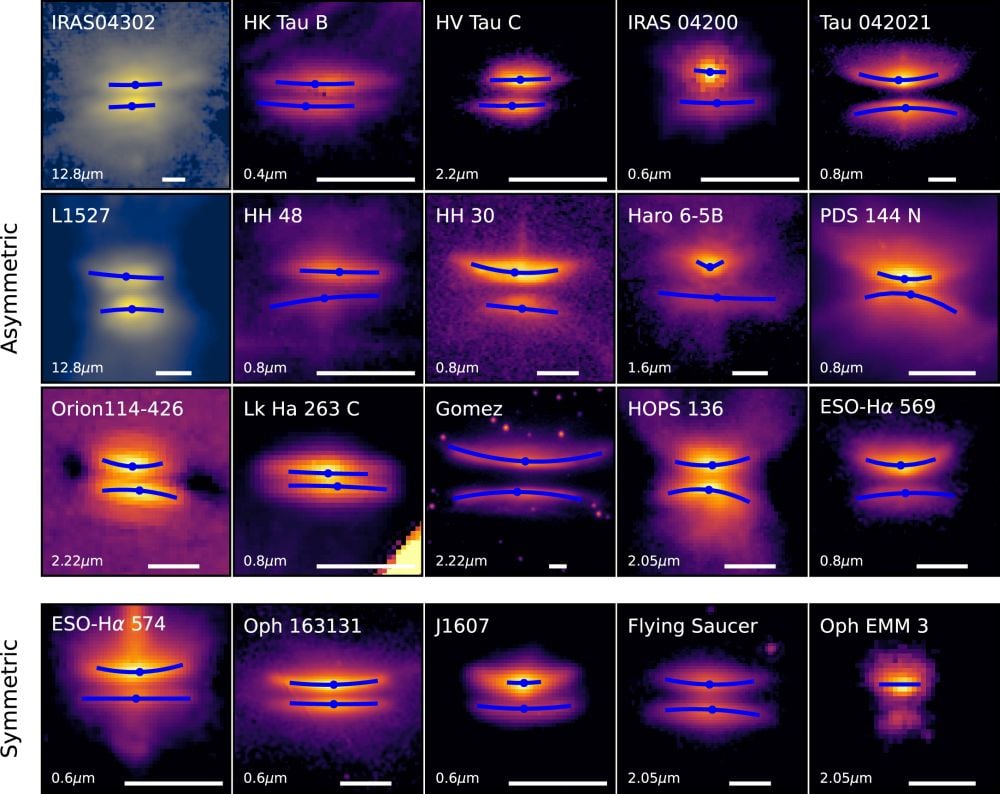 This figure shows 20 observed edge-on disks. 15 of them show clear asymmetry, while five do not. Though the five that are considered symmetrical have some curves, they’re not curved enough to be considered asymmetrical. Image Credit: M. Villenave et al. 2025. ApJ
This figure shows 20 observed edge-on disks. 15 of them show clear asymmetry, while five do not. Though the five that are considered symmetrical have some curves, they’re not curved enough to be considered asymmetrical. Image Credit: M. Villenave et al. 2025. ApJ